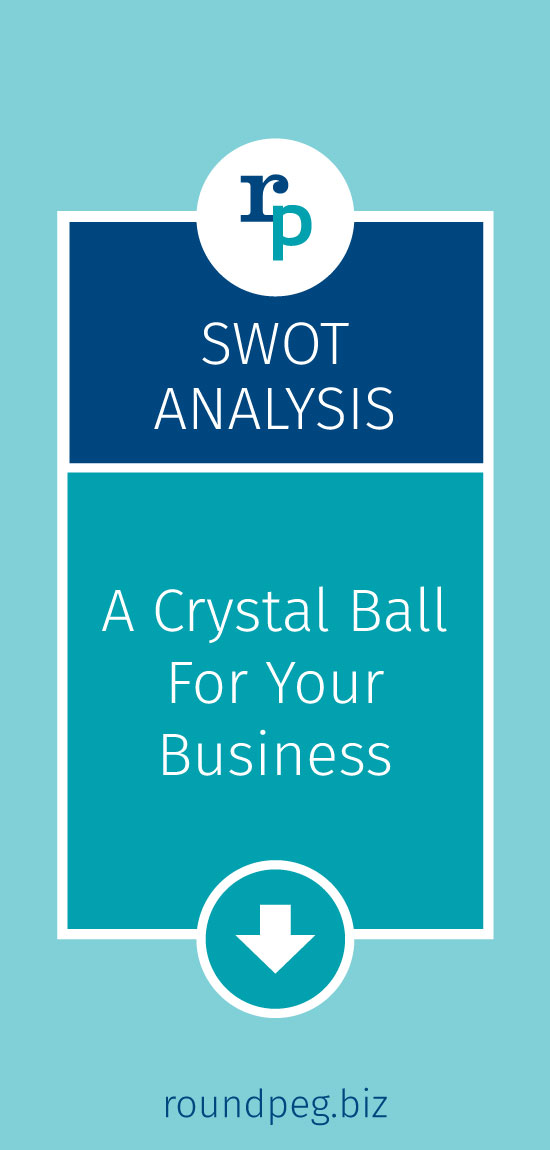Small Business SWOT Analysis
Grant me the serenity to accept the things I cannot change, the courage to change the things I can,
and the wisdom to know the difference.
You are probably familiar with the serenity prayer. You may have even invoked it once or twice in your life. While you’re waiting for divine intervention in your business, there is a simple tool you can use to sort out the things you can and can’t change. More importantly, you can start formulating strategies and action plans to deal with your challenges.
The SWOT Analysis
This tool takes its name from the primary internal and external factors which can impact your business success, namely:
- Internal Factors: Strengths and Weaknesses
- External Factors: Opportunities and Threats
- An action plan to clarify which opportunities you will pursue, which challenges you will address and how.
Look Inside: Find your Strengths and Weaknesses.
Your strengths are the characteristics of your business or product which give you a competitive advantage. This may be a unique talent or skill set of one of your employees, elements of your fulfillment process, pricing, delivery or customer service. These are the characteristics which answer the question, ” Why should I buy from you?”
Be honest about your weaknesses. There are things your customers value that you don’t do well or at all. Acknowledging a weakness give you a starting point for change. If you are missing a critical skill, take a course or find someone you can outsource the project to. If there is something wrong with your process which turns potential customers away or leaves them dissatisfied, change it.
The internal factors, your strengths and weaknesses, are the things you can change, but only if you know what they are. Not sure if you have a complete picture of your strengths and weaknesses? Ask customers why they do business with you, and prospects who went elsewhere why they didn’t.
Look Outside for Opportunities and Threats
These are the things in the larger business community which will impact your business. You can’t change them, but you can decide how you want to react. Natural disasters, economic shifts, changes in tax code or regulations governing your industry are all examples of things which could positively or negatively impact your future sales. Also in this category are things like the emergence of a new competing product, service or company, or management changes at key clients.
Putting the Pieces Together to Build a Plan
The purpose of this exercise is not to simply list theses elements, but to use this information as a starting point for your action plan.
- How can you use your strengths to overcome threats in your market?
- What can you do to compensate for your weaknesses or eliminate them completely so you can take advantage of new opportunities?
- As shifts occur in the marketplace, what actions will you take to stay one step ahead?
SWOT, SWOT and SWOT Again
The market continues to change. Competitors come and go, and so do employees and clients. A S.W.O.T Matrix is a snapshot in time. You should review your S.W.O.T every six months, adjusting your strategies and tactics to match the new picture of your company and environment.
want more help??
Download our simple S.W.O.T Worksheet.

Rebrand with Design Thinking
What is design thinking and why is it so popular? Well, it's a process used to redefine problems...
Canning Cookies, Creating Cohorts: Google’s Advertising Shift, Explained
The devs over at Alphabet are not just trying to bolster their profit; they’re trying to make something that could be problematic better and more secure.
4 Tips for an Effective Virtual Onboarding Agenda
Virtual onboarding is here to stay As it becomes safe to return to the workplace in a...
Investing in Business Recovery
Last week, Lorraine wrote about the importance in investing in business recovery. That raises the...
